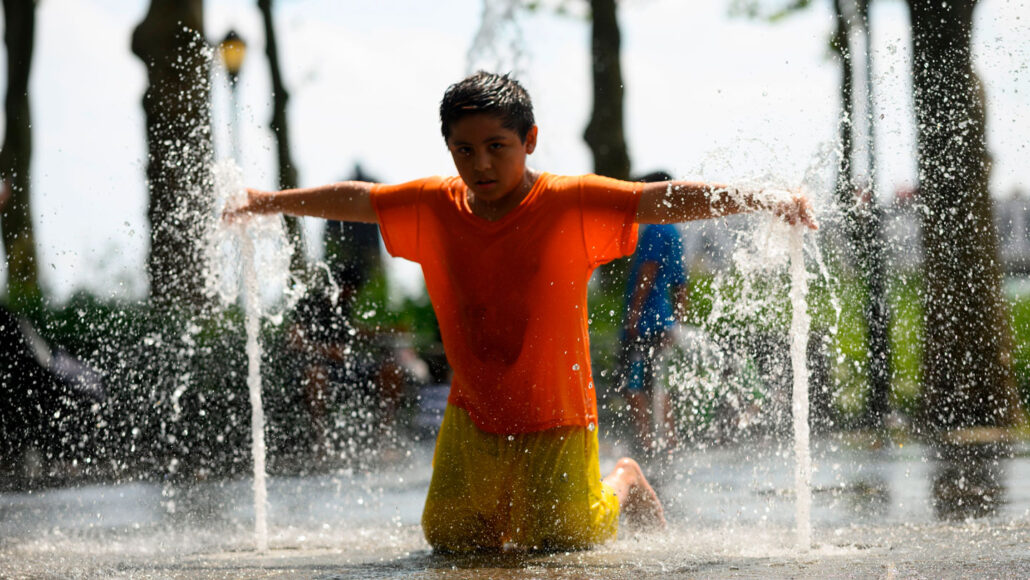Questions for ‘Heat waves appear more life-threatening than scientists once thought’

This boy found a way to cool off at a public fountain in New York City during a mid-July heat wave in 2019. It was part of an unrelenting wave of high temperatures that hit the U.S. Midwest and East Coast that month.
JOHANNES EISELE/AFP via Getty Images